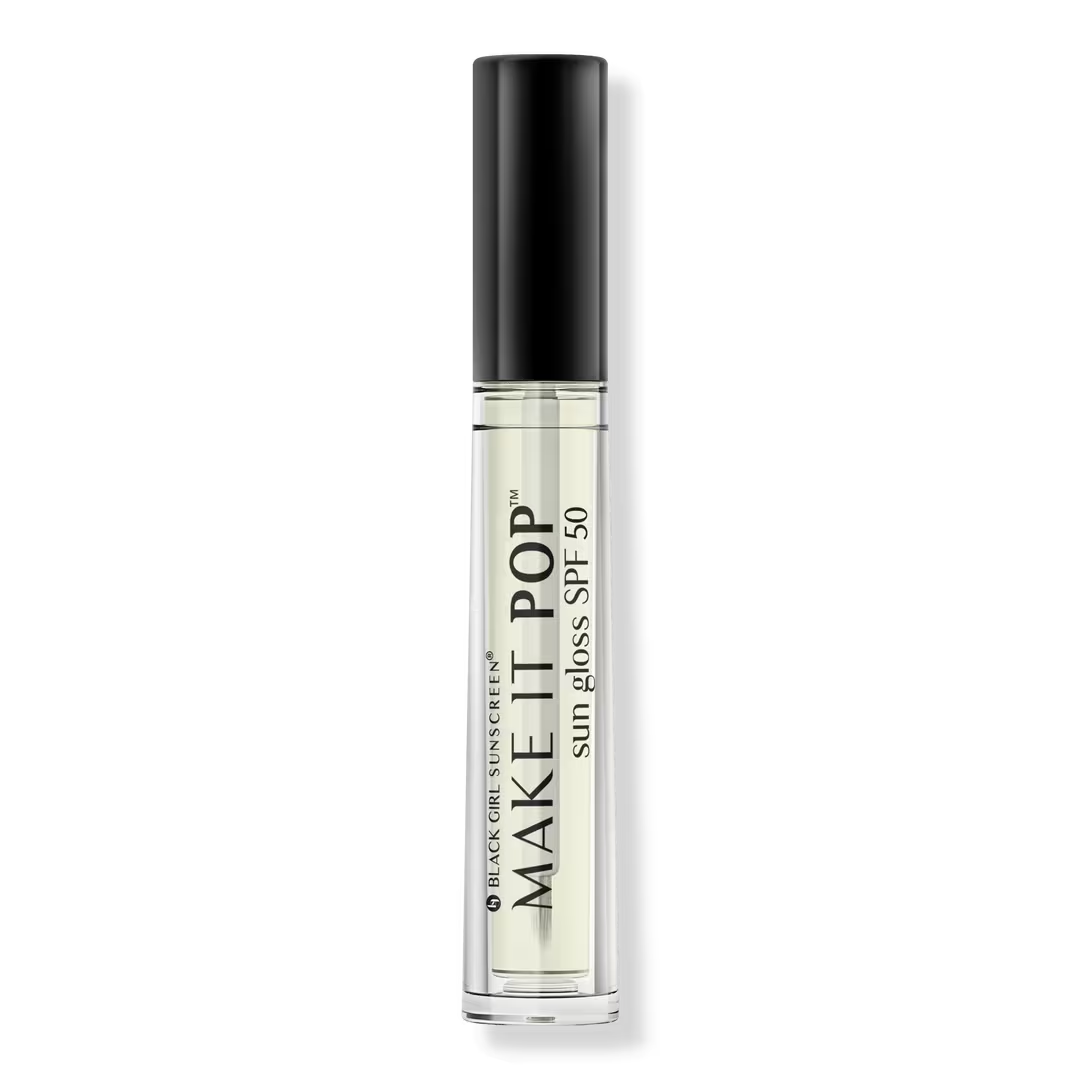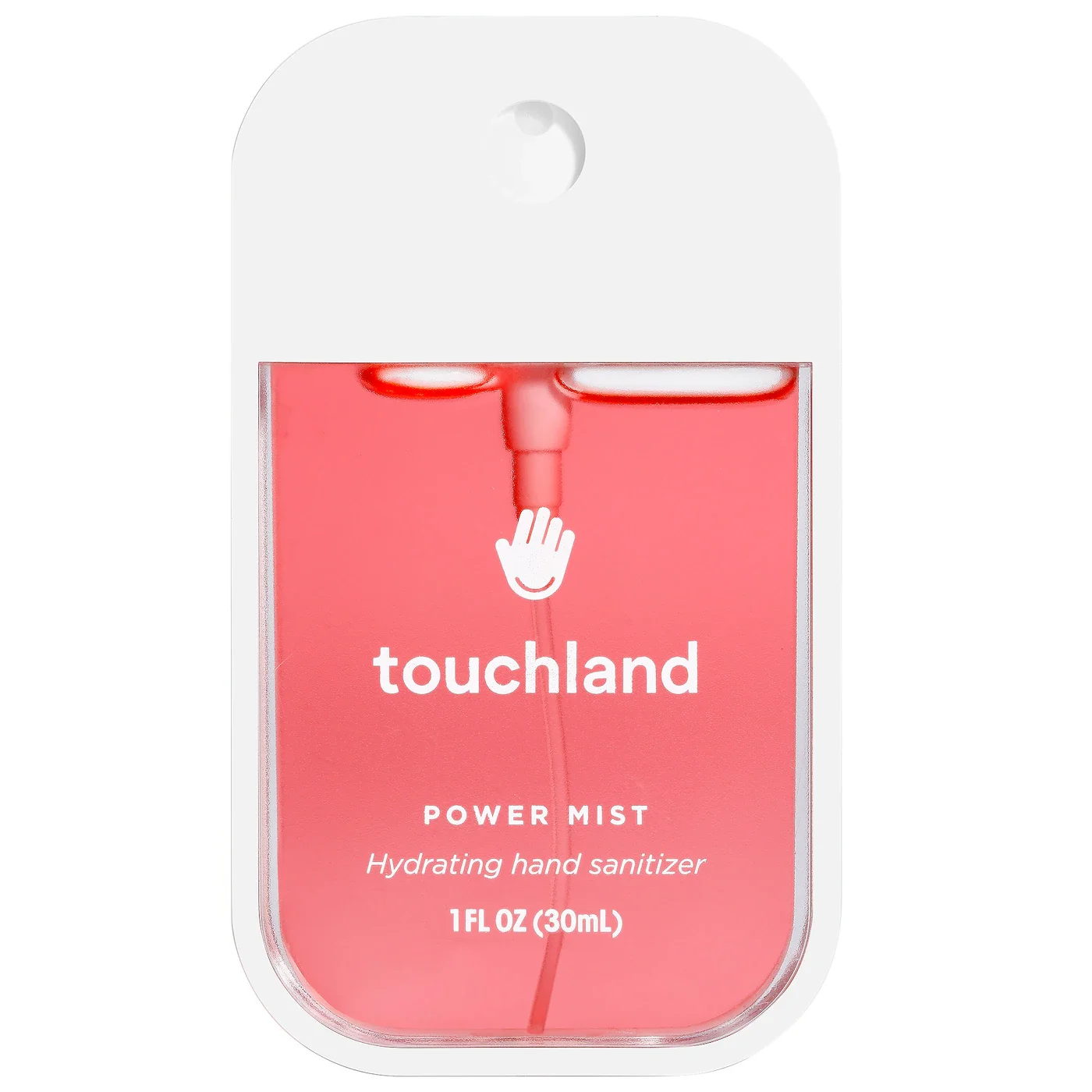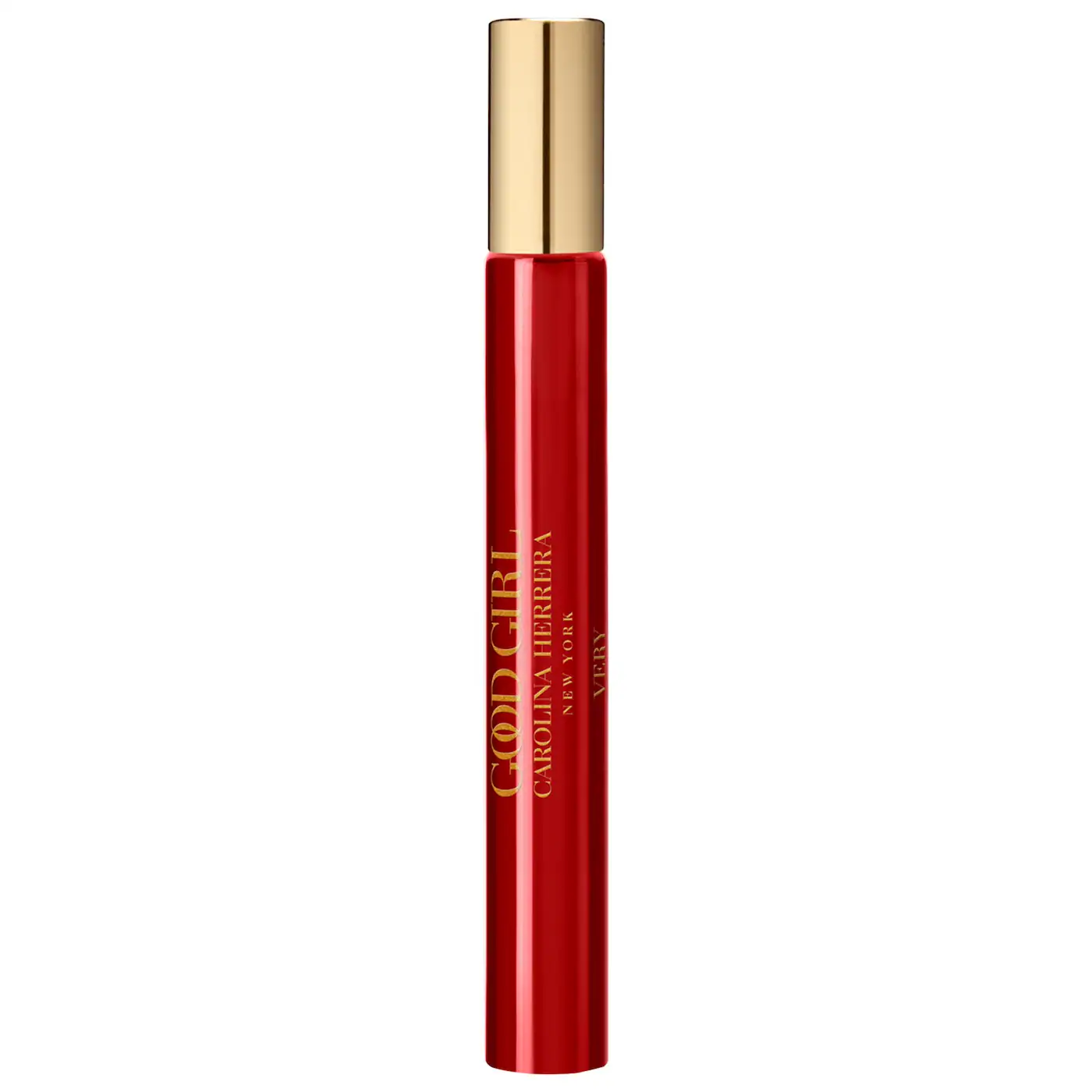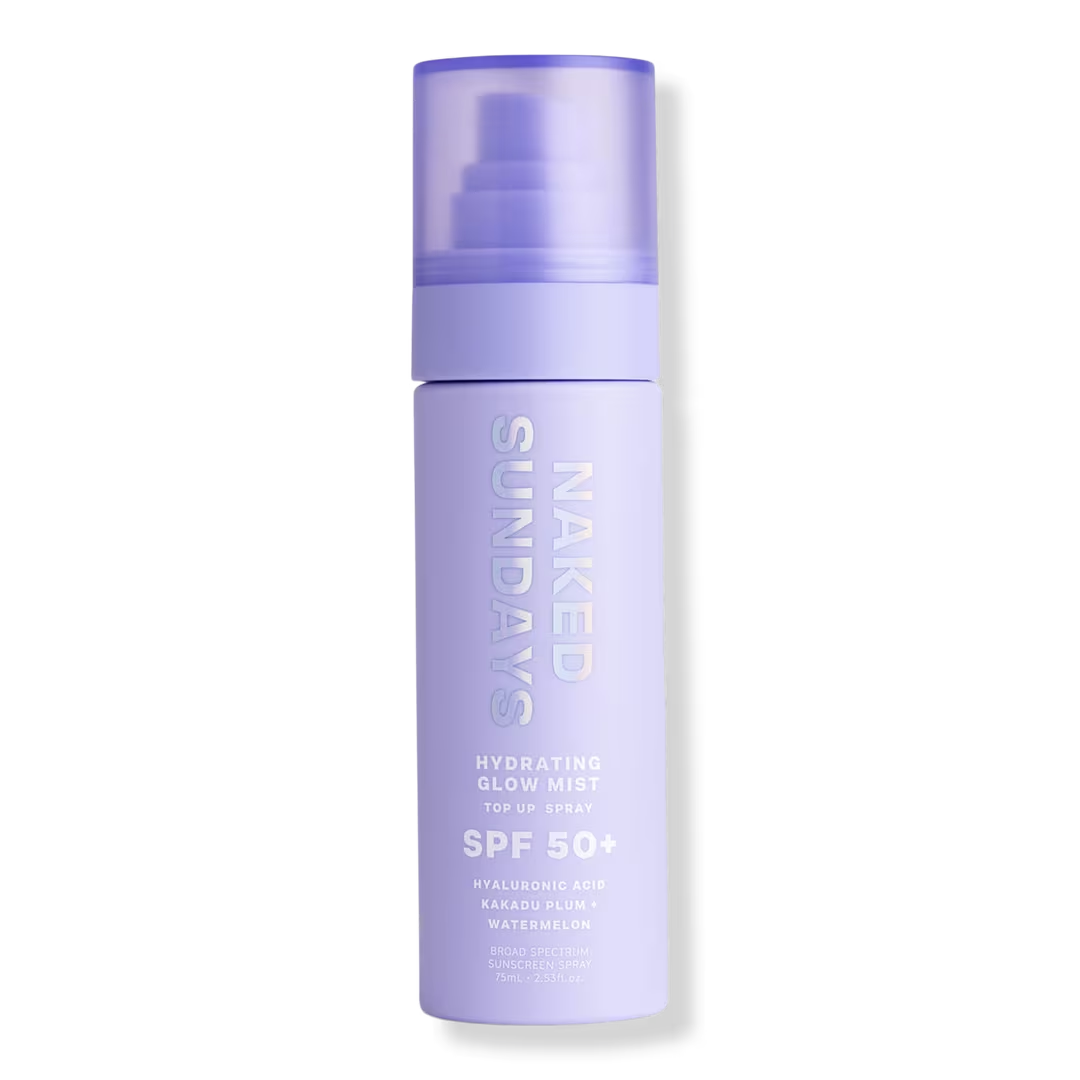
Plaque PsO is an immune-mediated disease resulting in the overproduction of skin cells, which causes inflamed, scaly plaques that may be itchy or painful. It is estimated that eight million Americans and more than 125 million people worldwide live with the disease. Nearly one-quarter of all people with plaque PsO have cases that are considered moderate to severe. Living with plaque PsO can be a challenge and impact life beyond a person’s physical health, including emotional health, relationships, and handling the stressors of life. According to the National Psoriasis Foundation, Psoriasis is likely to be underdiagnosed among African Americans and other individuals with skin of color due to differences in clinical presentation.
Johnson & Johnson recently announced that TREMFYA® (guselkumab) demonstrated rapid and significant clearance in moderate to severe scalp psoriasis (PsO) and significant improvement in scalp itch, as well as patient-reported health-related quality of life outcomes, including post-inflammatory pigmentation at 16 weeks.
VISIBLE is the first prospective, large-scale, randomized-controlled trial dedicated to people of color across all skin tones with moderate to severe plaque PsO and scalp PsO to objectively measure clearance and other treatment outcomes with TREMFYA. The VISIBLE clinical program will produce an expansive longitudinal collection of more than 20,000 clinical images across all skin tones to support patients and providers with disease recognition and education. Cohort B of the study enrolled 108 people of color with scalp predominant moderate-to-severe PsO, a clinically proven difficult-to-treat area.
TREMFYA demonstrated significant and rapid scalp PsO clearance and improvement in scalp itch as well as patient-reported health-related quality of life (HRQoL) outcomes.1,2,3
“Scalp psoriasis is highly prevalent and can present unique challenges across diverse populations. In patients of color, cultural factors related to hair care practices and post-inflammatory pigment changes contribute to the burden of scalp psoriasis. These findings from VISIBLE are key to broadening our understanding of scalp psoriasis, and the role TREMFYA can have in treating all patients with this disease,” said Andrew Alexis, M.D., M.P.H., Professor of Clinical Dermatology and Vice Chair for Diversity and Inclusion at Weill Cornell Medicine in New York and Lead Study Investigator. “The VISIBLE study will continue to generate insights and data that may help clinicians improve the disease journey and health outcomes for people of color with skin and scalp plaque psoriasis who have historically been undertreated and underrepresented in clinical research and in medical education.”
Guselkumab Significant and Rapid Scalp Clearance Data at Week 16 Poster:
At Week 16, after three doses, patients receiving TREMFYA achieved significantly greater improvements versus placebo:
At Week 16, nearly 7 in 10 patients receiving TREMFYA achieved the study’s co-primary endpoints, Scalp-Specific Investigator Global Assessment (ss-IGA) score of 0/1 (68.4% vs 11.5% placebo) and Psoriasis Scalp Severity Index (PSSI) 90 response (65.8% vs 3.8% placebo). Of note, ~90% of patients who met the study’s co-primary endpoints achieved complete scalp clearance (ss-IGA 0 or PSSI 100).
Patients receiving TREMFYA experienced nearly 90 percent improvement from baseline in PSSI (87.6% vs 37.8% placebo) and in Scalp Surface Area (SSA) (86.6% vs 33.4% placebo). In this previously understudied population, no new safety signals were reported through Week 16.
Guselkumab Patient-Reported Health-Related Quality of Life (HRQoL) Improvements Poster:
Scalp PsO is often associated with pesky symptoms such as intense pruritus and scaling. In some cases, it can even result in alopecia which, in most cases, is reversible with appropriate and timely treatment.
- At Week 16, nearly 7 in 10 patients receiving TREMFYA (69.4% vs 24% placebo) achieved a clinically meaningful improvement on the Scalp Itch Numeric Rating Scale (NRS).
- At Week 16, significantly greater improvements in the Psoriasis Symptoms and Signs Diary (PSSD) and Dermatology Life Quality Index (DLQI) were reported by patients receiving TREMFYA versus placebo across all skin tones.
Guselkumab Patient-Reported Post-Inflammatory Pigmentation Data Poster:
- Post-inflammatory pigment alteration (PIPA) refers to skin discoloration that may occur after skin inflammation or injury, which is a part of the natural process of inflammatory diseases like psoriasis. PIPA can affect all skin tones and significantly impact the quality of life, particularly for those with melanin-enriched skin types.
- At baseline, mean score as assessed by the Skin Discoloration Impact Evaluation Questionnaire (SDIEQ) indicated patients were experiencing at least moderate impact of skin discoloration on their HRQoL.
- At Week 16, patients treated with TREMFYA reported they had experienced improvements, with only a mild effect from skin discoloration on their HRQOL. TREMFYA is not intended to treat PIPA.







“Scalp psoriasis can be particularly burdensome to patients as it often impacts more visible areas of the body, including the hairline, forehead, neck, and around the ears, triggering feelings of self-consciousness that limit many people’s lifestyle choices,” said Jennifer Davidson, D.O., Vice President of Medical Affairs, Immunology, Johnson & Johnson Innovative Medicine. “The VISIBLE study suggests that people of color continue to experience undertreatment, with many participants not receiving a biologic option prior to this trial enrollment. The insights from the study aim to empower diverse patients with moderate to severe plaque and scalp psoriasis to learn more about their treatment options and initiate informed discussions with their providers.”
TREMFYA is the first IL-23 inhibitor approved in the U.S. to treat adults with moderate to severe plaque PsO, candidates for systemic therapy or phototherapy, and adults with active psoriatic arthritis (PsA).
Learn more about the study here.












